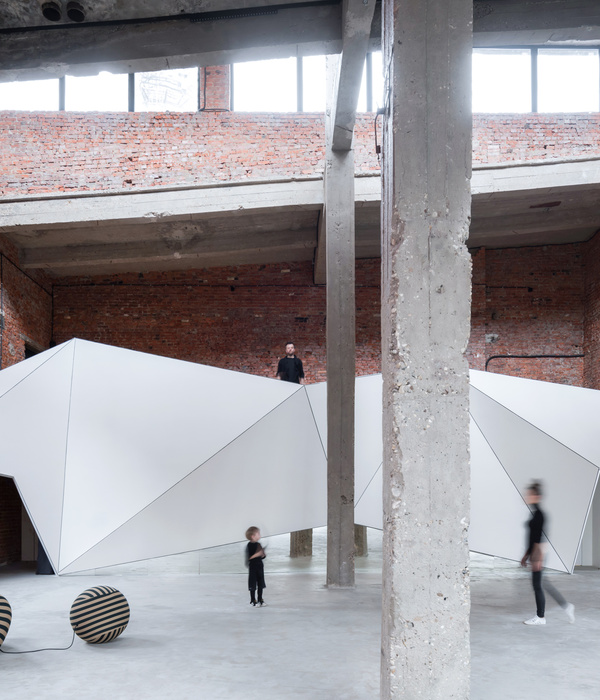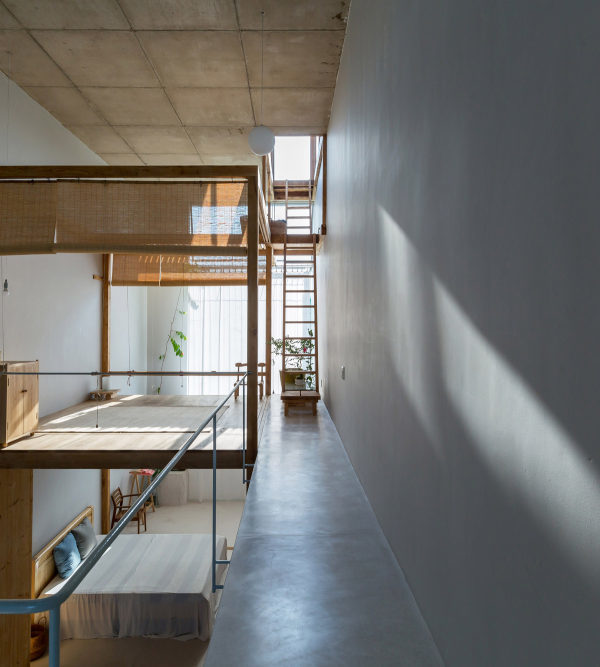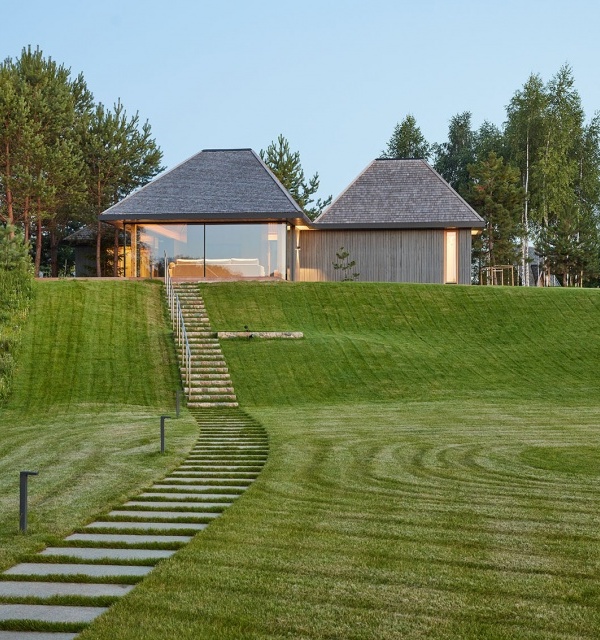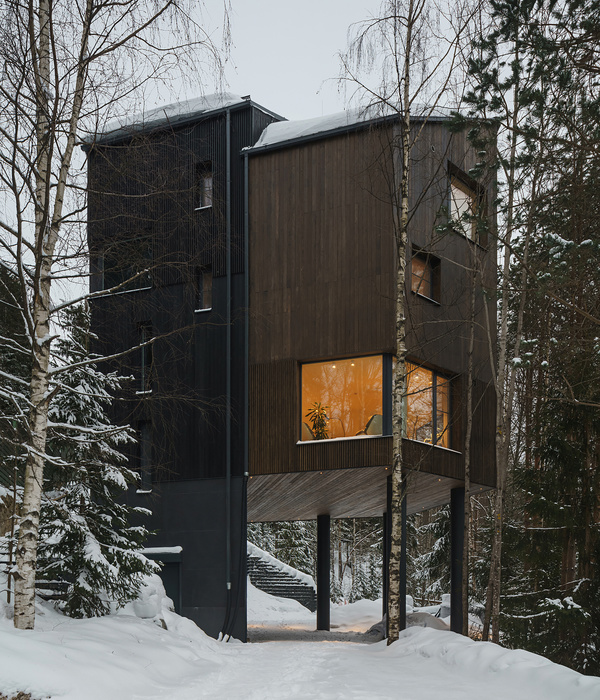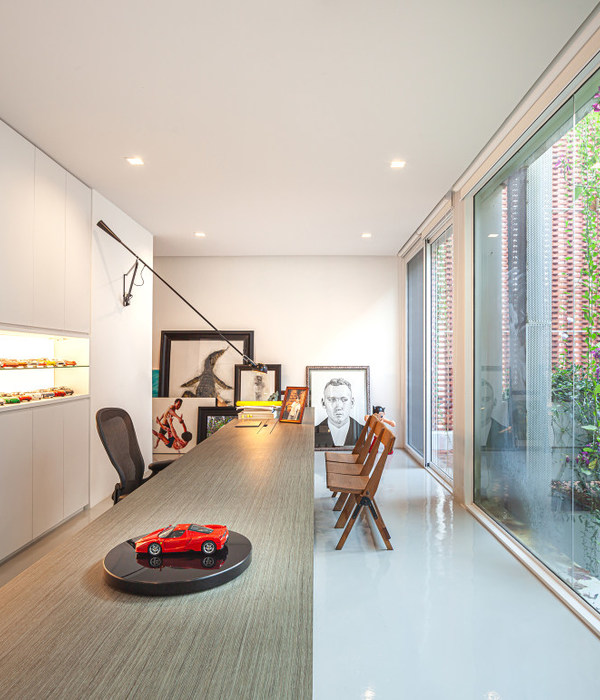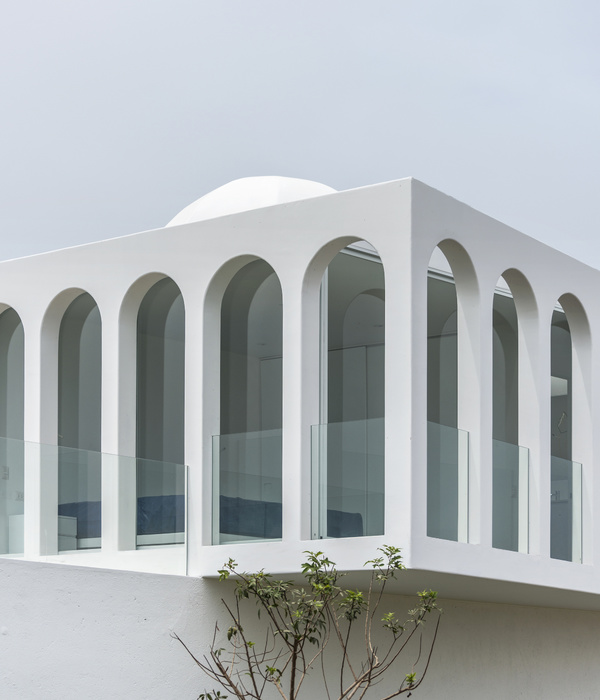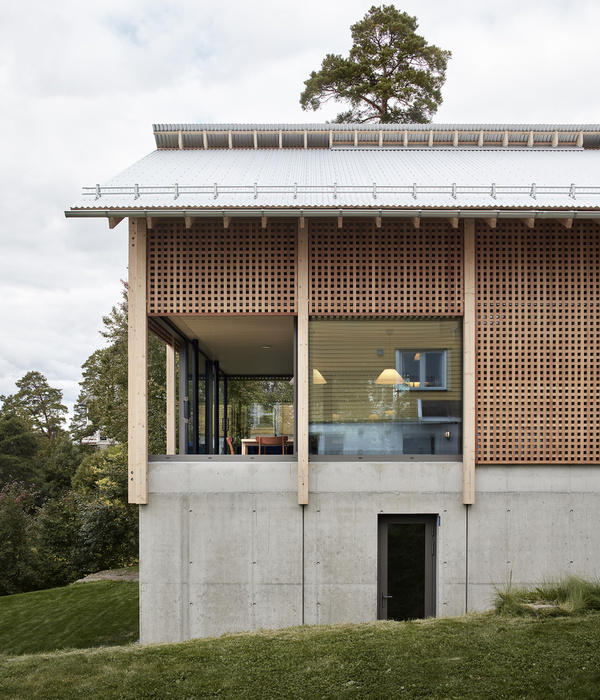The Green House has been designed as an innovative, sustainable response to a derelict 1960s concrete frame building, bringing over 7,000sqm of affordable office space to environmentally and ethically minded small businesses in east London. Sustainable buildings attract sustainably-focused businesses as tenants, this is core to Ethical Property’s ethos. The 1960s building had been derelict for some time however the concrete frame and stripped brick façade were in a suitable condition to be salvaged. Set back from the building line of the street a strip of unoccupied land to the front created a lack of street presence along Cambridge Heath Road.
The Green House was designed to minimise the impact of the building on the environment both in construction and operation. A series of engineered timber extensions revitalise the concrete structure and increase the performance of the building’s fabric, making it suitable for use as a modern office space.
The Green House exemplifies the concept of a truly sustainable building with 2,200 tons CO2 being saved during the build. Keeping the existing frame rather than rebuilding in concrete saved 400 tons CO2. A further 400 tons CO2 was saved through the use of timber rather than concrete, and a further the 1,400 tons CO2 is stored in the timber structure. Additionally, the deliveries to site were reduced by 80% and the sustainable design halves CO2 emissions in use from the notional benchmark and achieves a 50% improvement in energy efficiency.
The building is an example of modern vernacular design. It’s form responds to its context and orientation The materials and colour palette are simple and honest, designed to minimise their impact on the environment. The central glazed atrium and the front glazed facade create stack effect vents at the top of the atria which automatically open in response to the internal temperature.
Constructed from timber, a renewable resource, the extensions and stair minimise the building’s carbon footprint. The structure is a hybrid of cross laminated timber (CLT) and glued laminated timber (glulam). There are no downstand beams, allowing flexibility in subdividing the offices to suit tenant’s needs. The concrete frame and the CLT extension are structurally independent of one another. A movement joint where the two structures meet allows them to move independently. The feature stair spine wall is connected to the concrete frame allowing it to move vertically but not horizontally.
All services are exposed. The omission of plasterboard and suspended ceiling systems minimises material use while making the replacement of services quick and easy. The external cladding is a fully breathable, self coloured lime render on solid wood fibre insulation. There is no need for painting the facade and the regular maintenance this requires. Low water use sanitaryware minimises water consumption, and energy usage is reduced through low energy light fittings. Roof mounted PVs generate power to serve the common areas and a wildflower meadow on the roof brings biodiversity to this inner city site.
{{item.text_origin}}

